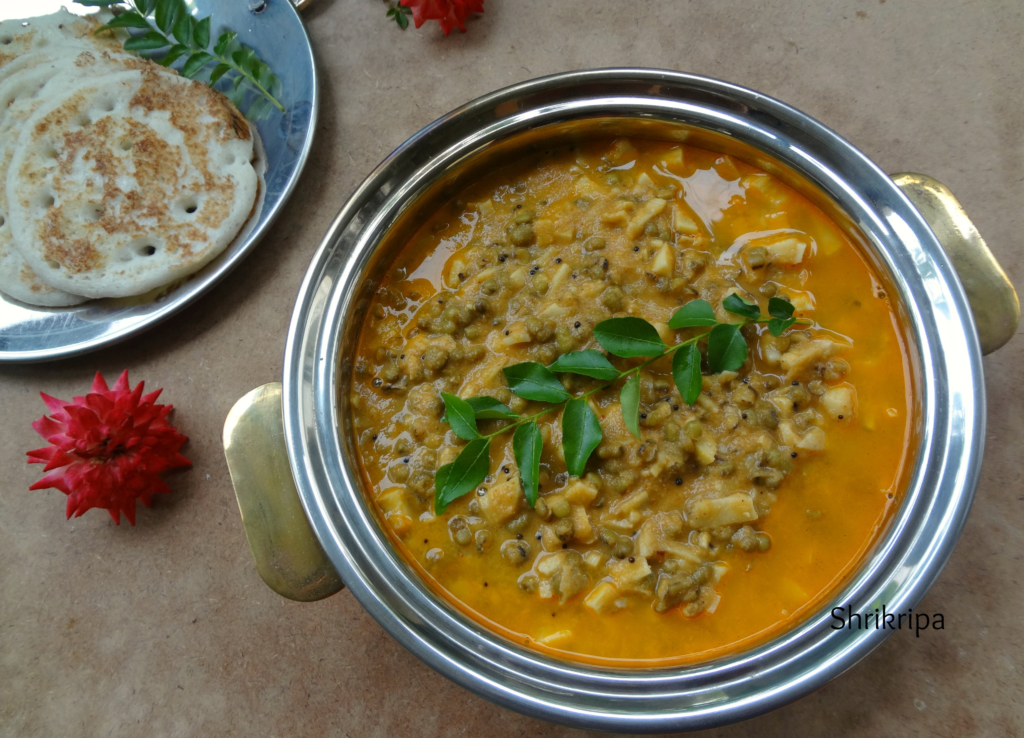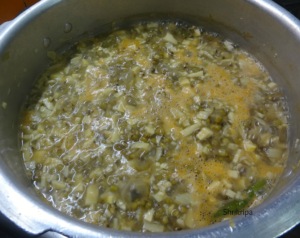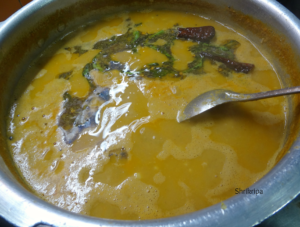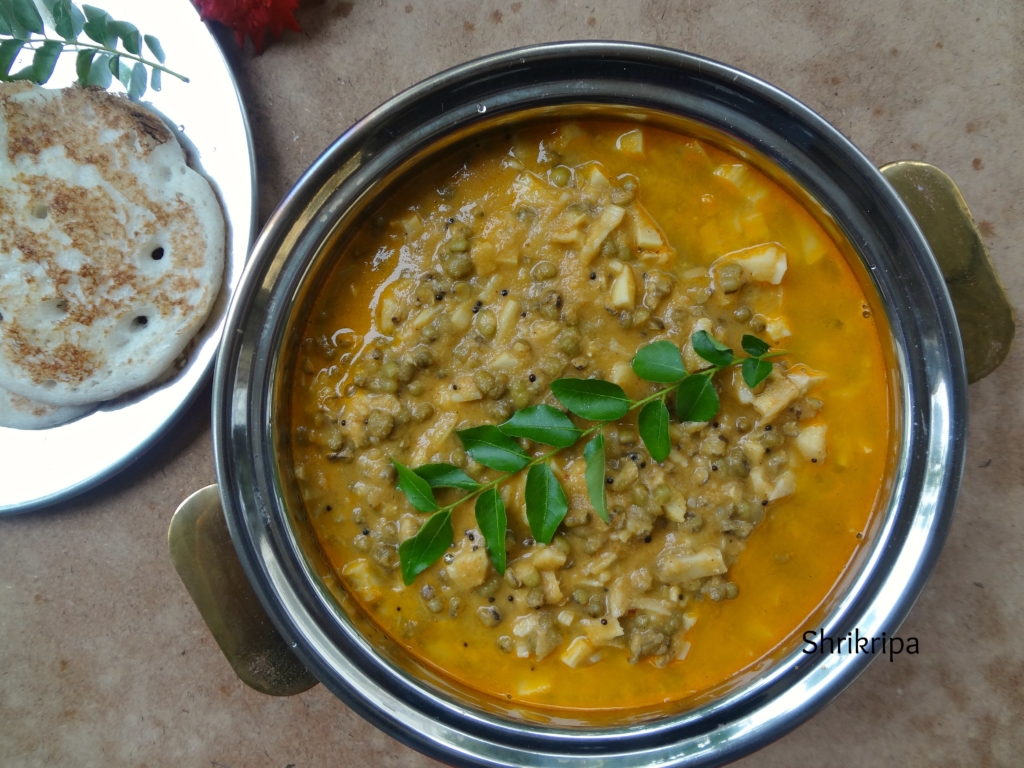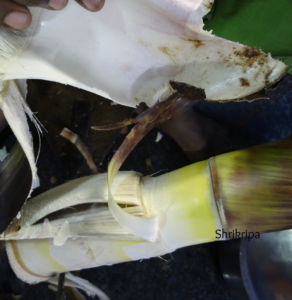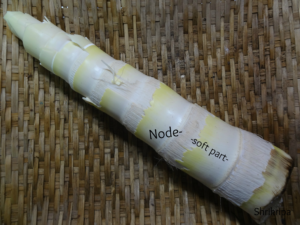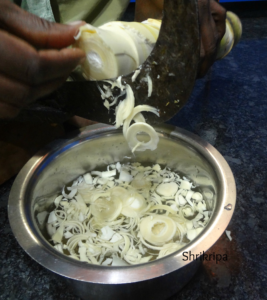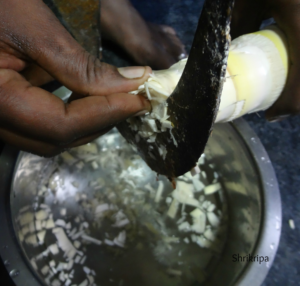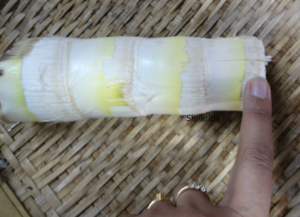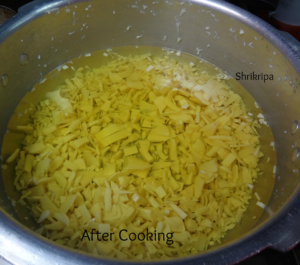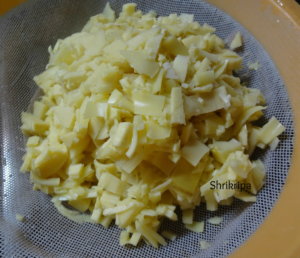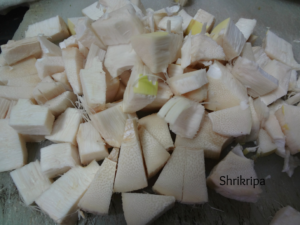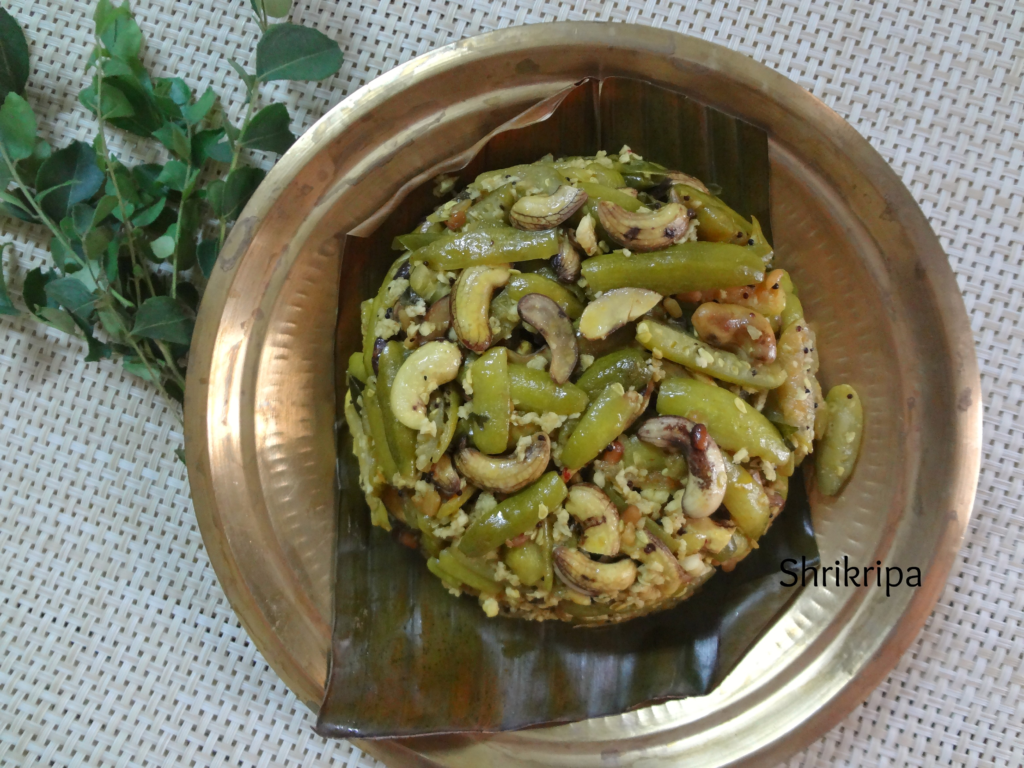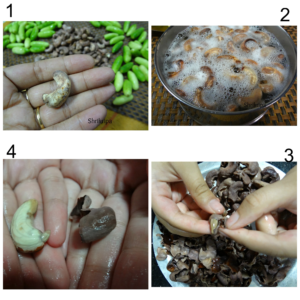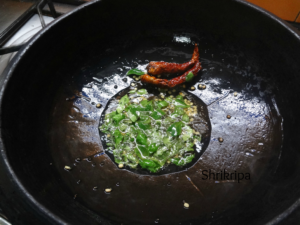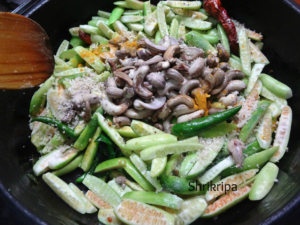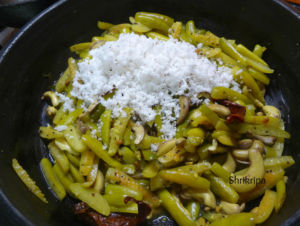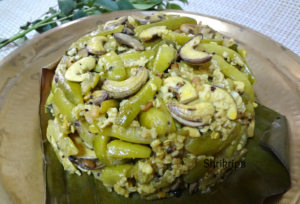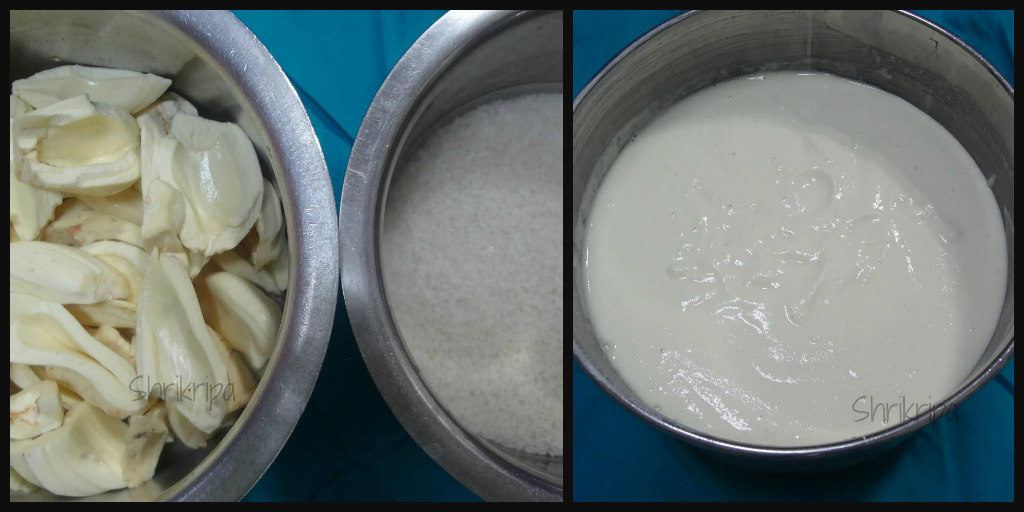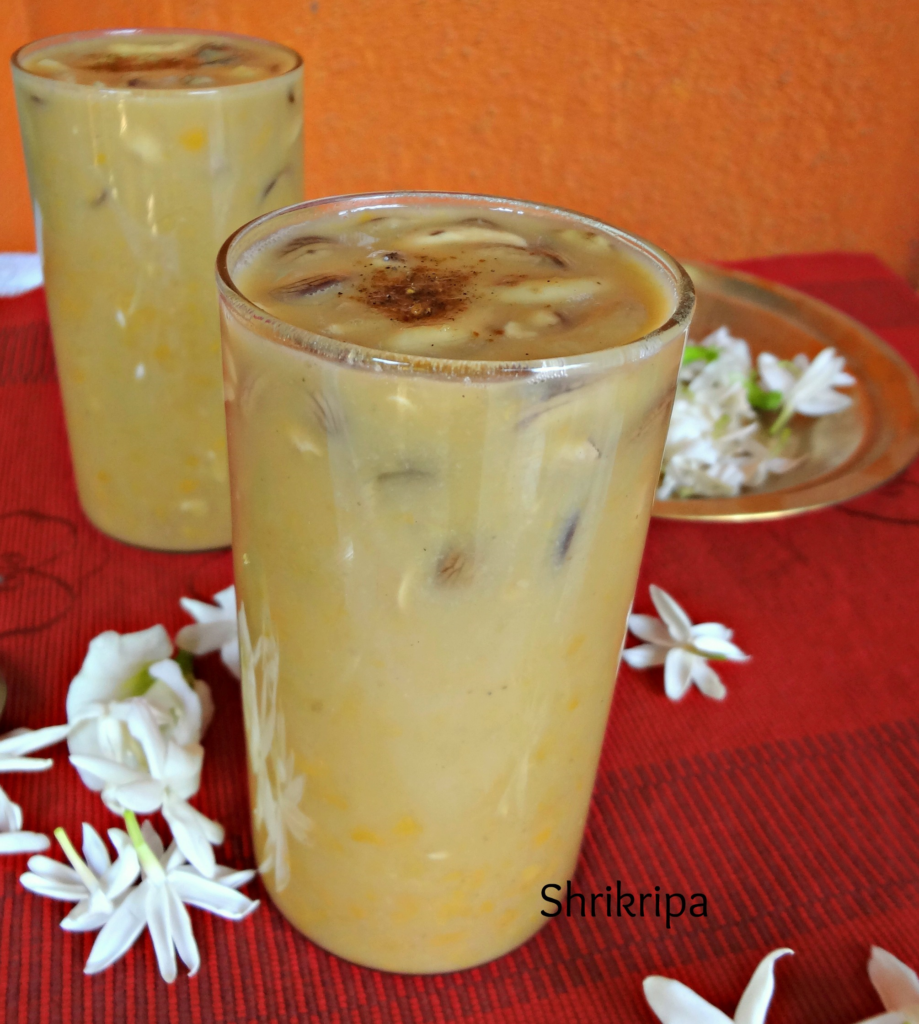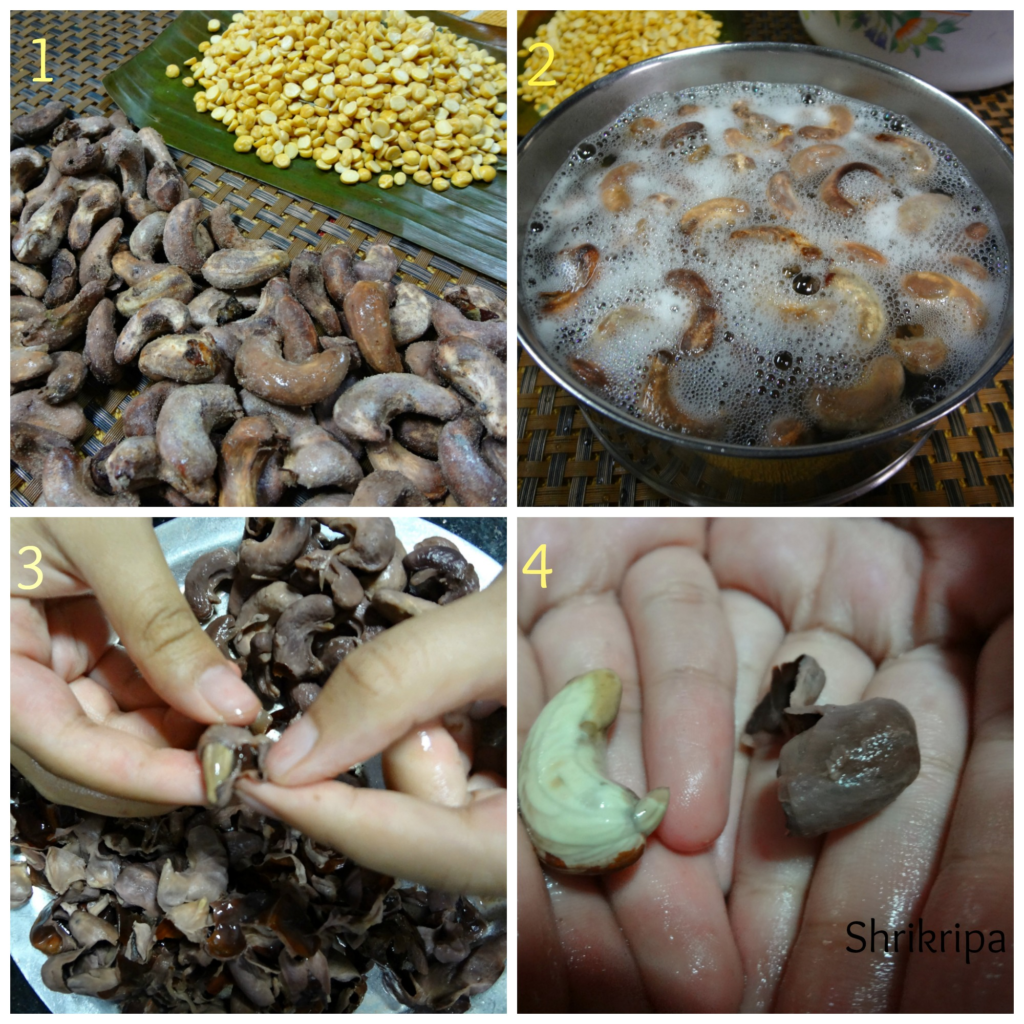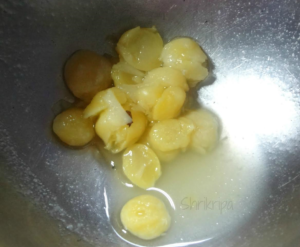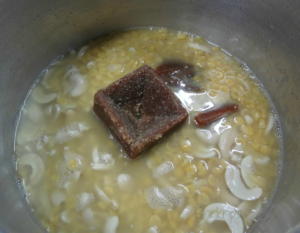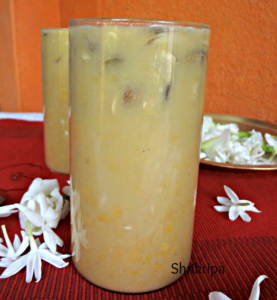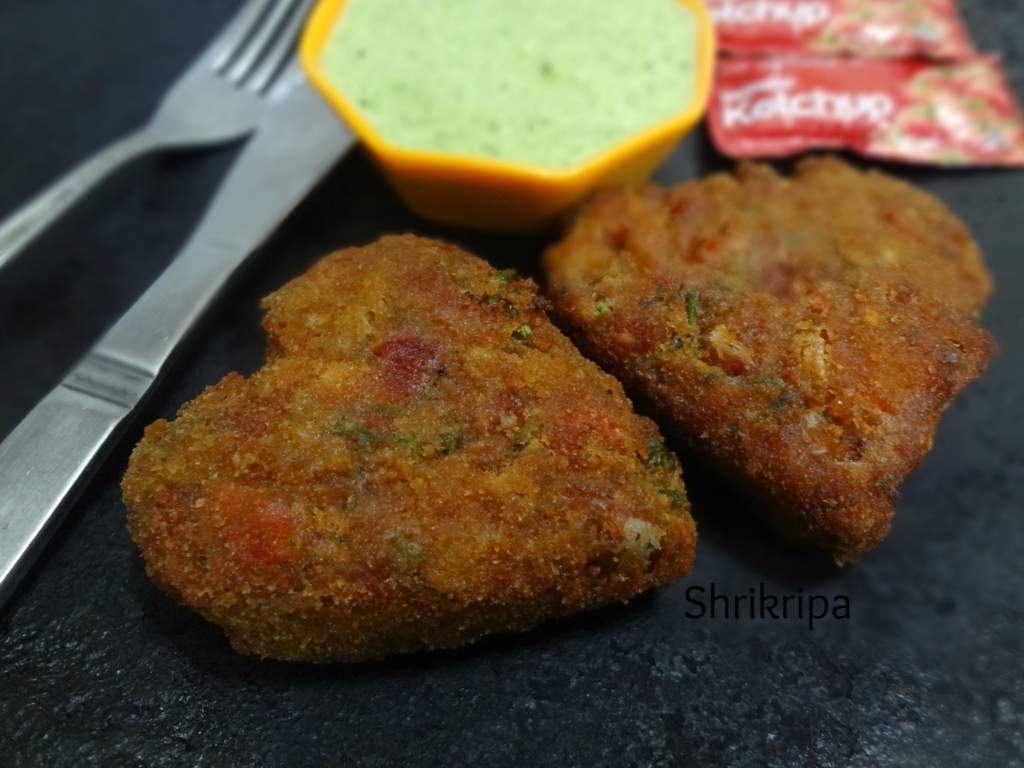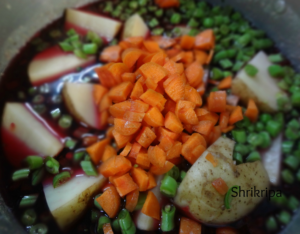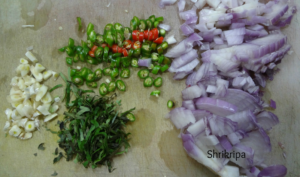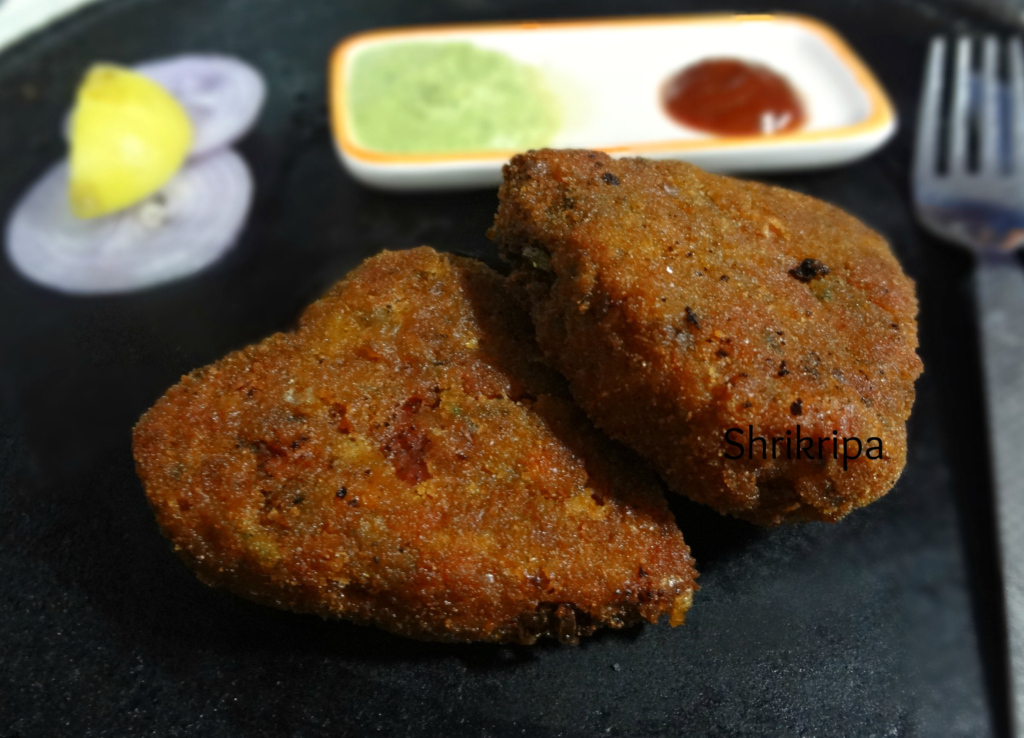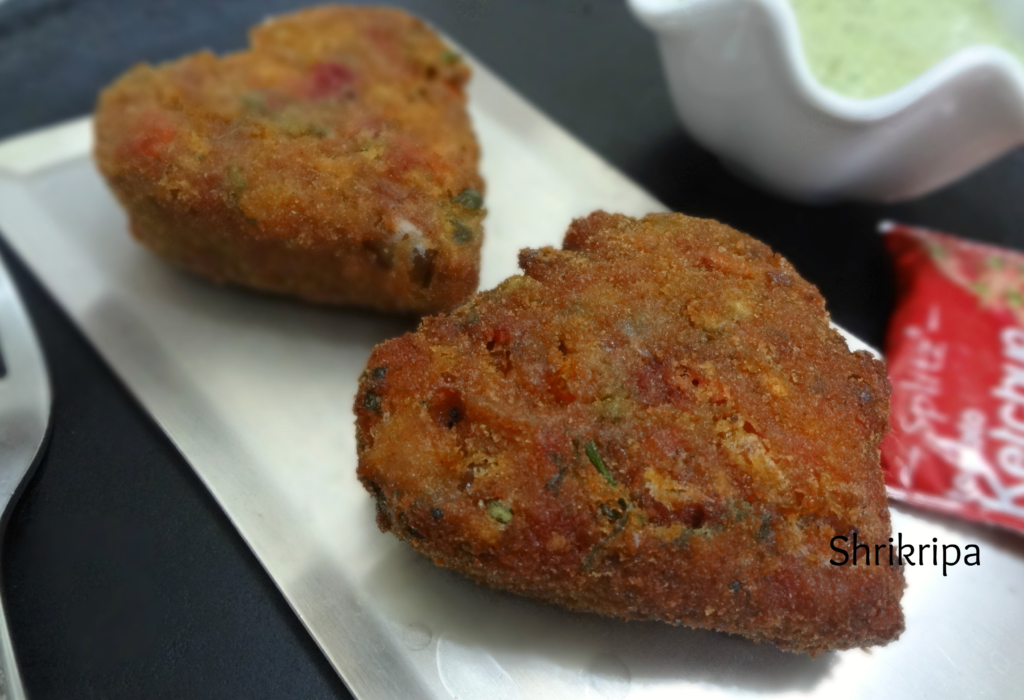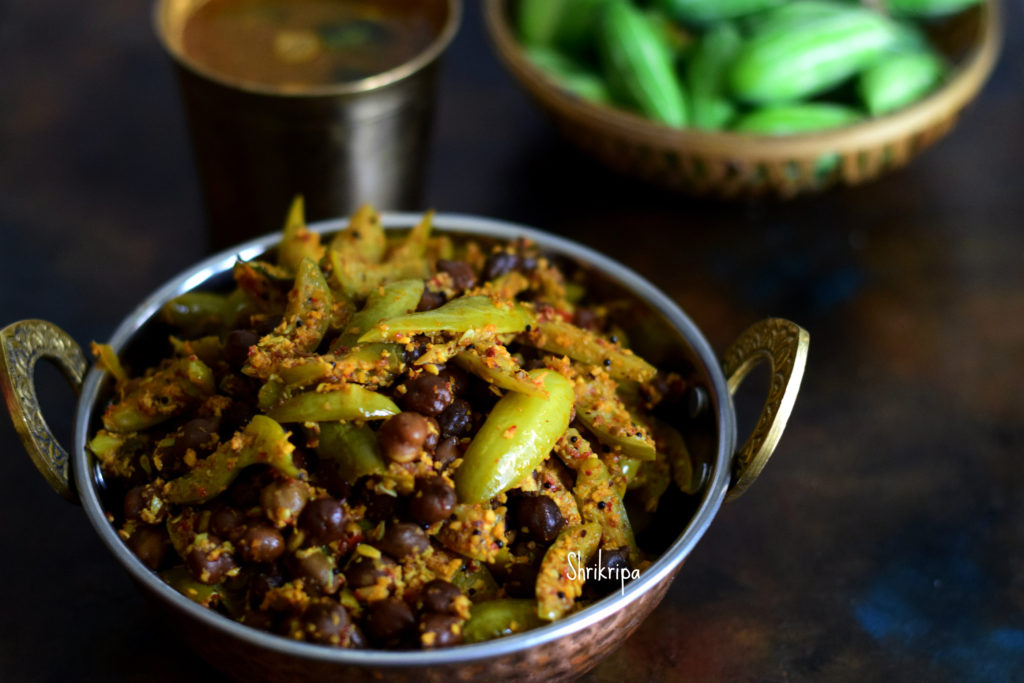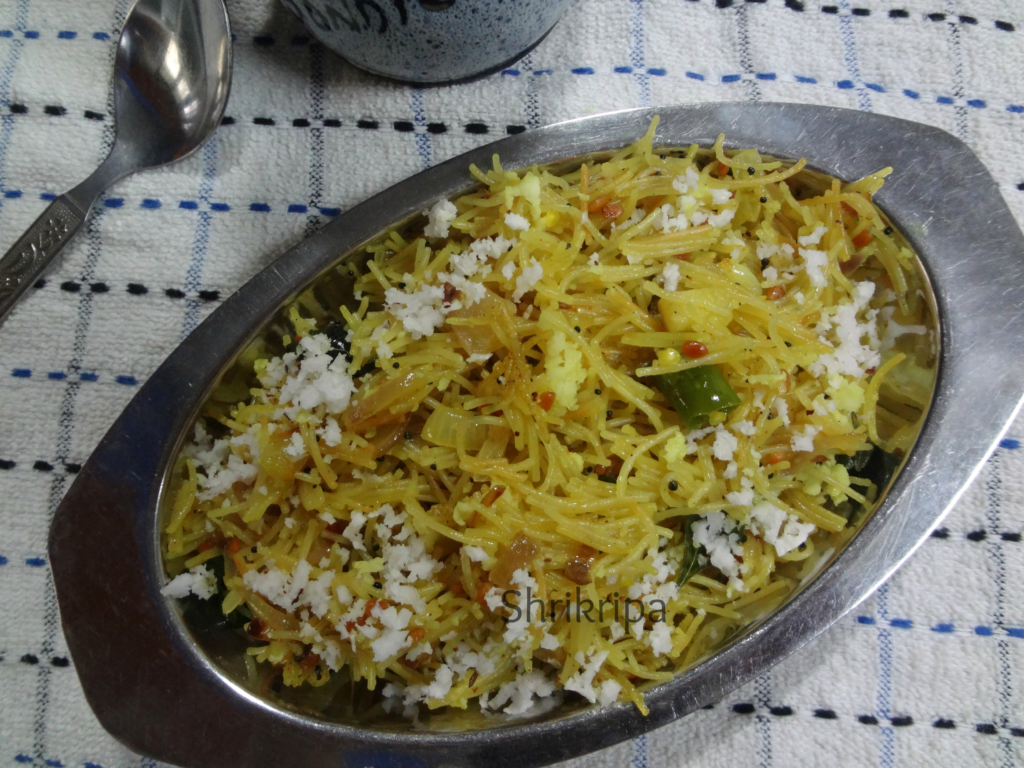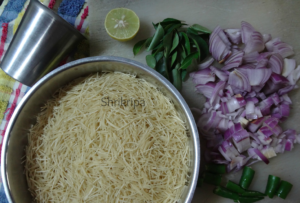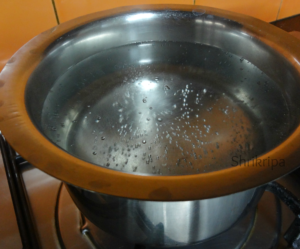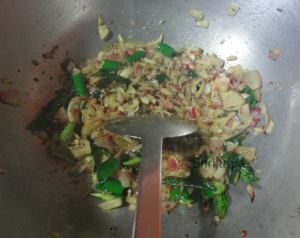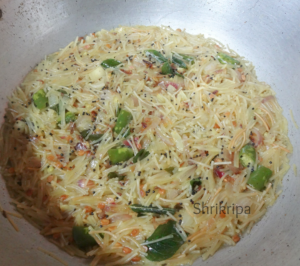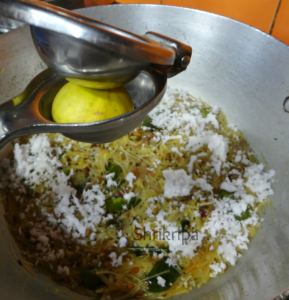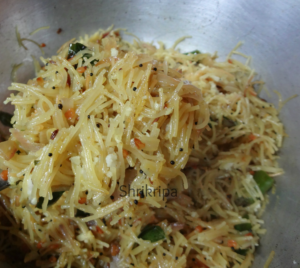Badam halwa, the name itself brings back so many fond memories of my two kiddos’ as well as of my late father in law. My memories go back to my delivery time. When my father in law heard about my twin daughter’s arrival, he celebrated his joy by preparing and distributing this sweet to our near and dear ones. While growing up, even my kids used to enjoy this sweet and used to refer to this as “Yellow sweet”. After so many years last weekend I prepared this to celebrate my hubby’s birthday and enjoyed every bit of the preparation by cherishing all these fond memories.
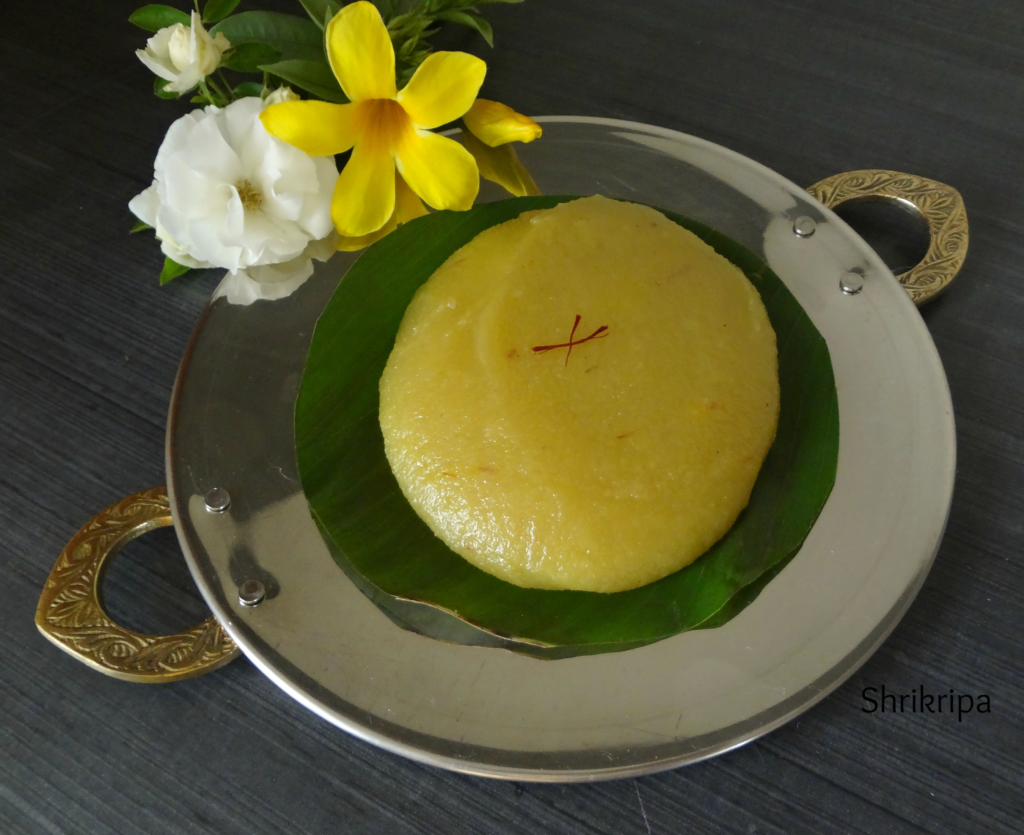
I Normally follow this age-old method-
Ingredients:
Almonds – 500 grams
Sugar – 750 grams
Milk – ½ to ¾ litre
Ghee – 1 to 1 ½ cup
Saffron – 1 tsp
Cardamom powder – ½ teaspoon
Method:
– Soak almond overnight.
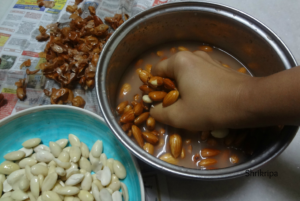
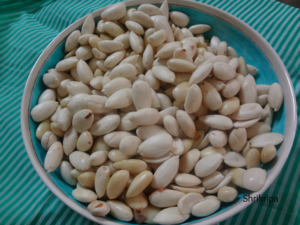
– The next morning, peel the skin. Usually three fourth of the content will shed their skin, if you mash those swelled almonds inside the water, by using your palm.
– After removing the outer skin, put these in a mixer grinder jar, make paste by adding sufficient milk.
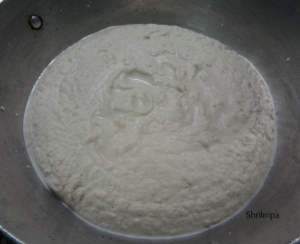
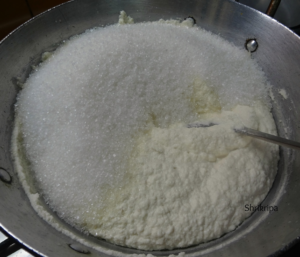
– Soak saffron in half cup of hot milk and keep aside.
– After grinding paste will look like idly batter with grainy texture.
– Put this paste into thick bottomed vessel and heat.
– Add sugar and boil for a while.
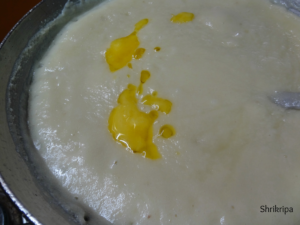
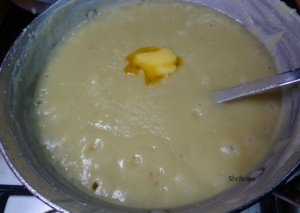
– When it starts bubbling, add ghee little by little at regular intervals until mixture becomes glossy.
– At this point, you can add saffron soaked milk and cardamom powder and proceed.
– When mixture starts to leave from the sides of the vessel and edges become dry and bubbly, switch off the fire and keep aside to cool.
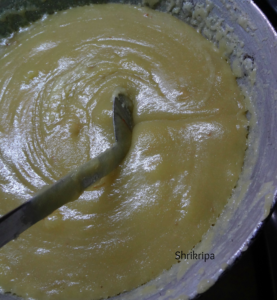
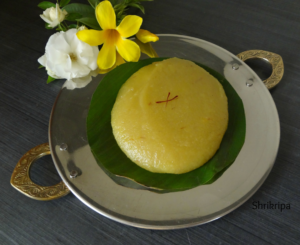
– When it reaches room temperature, store this in a stainless steel or glass container.

